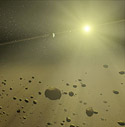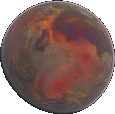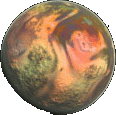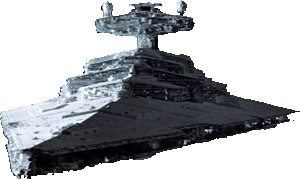|
|
ASTROGATION
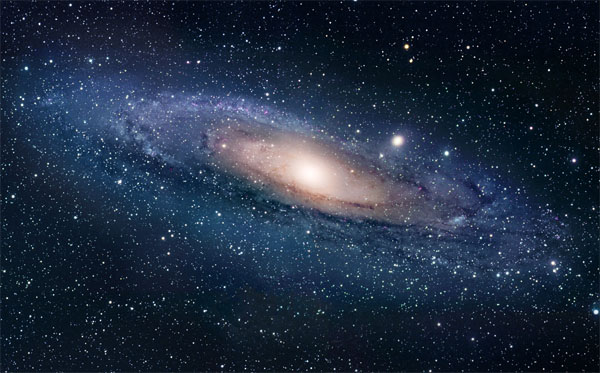
Past the Greater Javin and beyond the Ghambeezi Drift lie the last frail wisps of the galaxy that exist before
the great black void. There, at the far end of the Corellian Trade Spine, sit the colonies and the unexplored
worlds of the Evaritt Imperial Exploration and Colonization Sector--more commonly known among spacers as the
Evaritt Expanse.
Exploration into this area of the galaxy is relatively recent, with major efforts occurring only
in the last 1000 years. Thanks mainly to the scouting efforts of a certain Lord Figg, new
hyperspace routes through the Twin Nebula have allowed unprecedented trade and commerce to
reach this former galactic hinterland.
Further explorations during the Clone Wars lead to the establishment of a ordinance and
resupply depot on what was then the end of the Western branch of the Corellian Trade Spine.
Never an area of tactical value, Ord Craade was largely ignored by Separatist forces
during the conflict and the area eventually fell under nominal Imperial control.
Recent edicts from the Imperial Exploration Services have declared that the Expanse be
opened up to individual exploration efforts in an attempt to help bring new species
and resources into the greater Empire. However, since this area of the galaxy is largely
unexplored, the extreme dangers of scouting new hyperspace routes should not be taken lightly.
The Evaritt Expanse is far off the beaten path, making it a haven for pirates, smugglers, and other
unsavory types. Scouts should register their flight plans with the local Spacer's Guild or
Imperial outpost before setting out on any mission of discovery in this sector.
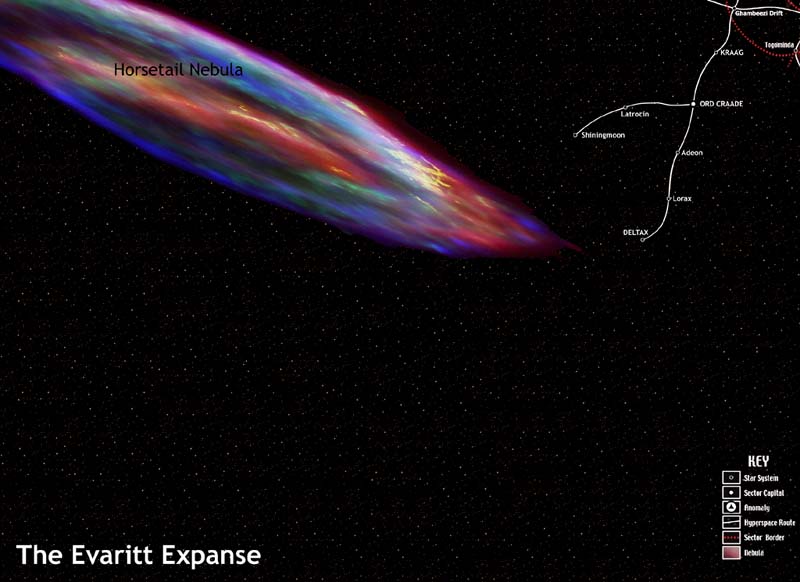 Download the Hi-Rez Version (1.9MB)
A:
Adeon is a prospector's dream--and a colonist's nightmare. With its thick hydrocarbon
atmosphere and freezing methane seas, it bears little resemblance to the more habitable
worlds of the Expanse. The major continents on this smoggy world are arid, icy deserts,
where periodic storms of methane rain create transient rivers that wash sooty soil from
icy highlands out to short-lived pools and lakes. The pools then dry up, sinking into a
sandy soil of glass-like water ice or running off in flash-flood rivers into the oceans.
The most advanced creature on the planet is the sub-sentient Sekiyubura. This life form, if
you could call it that, bears more resemblance to the puddle under your speeder than any
standard terrestrial animal. The Sekiyubura is an amoeba-like sludge made up of complex
hydrocarbons and other trace elements. The largest specimen yet seen measured a meter to a side,
but was unfortunately killed by trace heat leaking off the scientist's boots. No Sekiyubura
has yet been captured "alive".
B: No Systems Listed
C: No Systems Listed
D:
Contact with Deltax was made 15 standard years ago by Imperial
scouts striking out from the colony world of Lorax. The pre-hyperdrive
Deltaxians had settled the Lorax colony by use of sleeper ships and were
able to provide detailed information on their culture and homeworld.
Due to this advanced information, the Empire was quickly able to seize
control of the Deltax system. Thankfully, this will allow the Deltaxians
to be assisted in a controlled transition as they make their entry into
the greater galactic Empire.
The planet Deltax itself is the shining jewel of the Evaritt Expanse,
bearing much in common with Alderaan before her untimely demise.
Clear oceans and seas are intermixed with eleven different continents,
each of these boasting a variety of environments and life forms. The
Deltaxian culture is an advanced space race on the verge of superluminal
travel. The sale and transfer of hyperspace technology is severely restricted
on this world by the Imperial Governor, who feels that the culture must
first be primed before they enter the galaxy at large.
The Deltaxian people are a tall, green-skinned race bearing more than a passing
resemblance to the Duros peoples. Genetic testing has not been conclusive
on a possible link between the two species, so calling the Deltaxians a Near-Duros species
is to be considered preliminary at best. Nevertheless, their relatively advanced technology
in an otherwise backwater region of space does point to possible colonization in the ancient past.
As it currently stands, Deltax's future is bright. Deltaxian technology and people
are very adaptable to Imperial standards, with several of their primitive magna-sail
vessels now sporting sublight drives and weaponry for local pirate defense. Deltax
has become the springboard for most expeditions further out into the Evaritt Expanse.
New expeditions into the unknown set out monthly, the current average is seven
expeditions lost for every successful new route established. Pirates, smugglers,
and legitimate businesses alike all ply the spacelanes of this new frontier. The Imperial
presence in this region all but ends at Ord Craade, with only limited Outpost stations
on Lorax and Deltax to keep the peace. Security this far out on the Rim is often only
what you bring with you.
E: No Systems Listed
F: No Systems Listed
G:
A detailed description and layout of this station is being compiled for posting on its own pages.

H:
The Horsetail is a form of Emission nebulae, which are basically clouds of high-temperature gas that
are usually sites of recent and ongoing star formation. The atoms in these clouds are energized by
ultraviolet light from nearby stars and emit radiation as they fall back into lower energy states--much
the same way a Coruscanti neon light works. These nebulae are usually red because the
predominance of hydrogen, but other colors are often produced by other gasses if they are available.
The Horsetail Nebula is rife with trace elements, making it one of the most colorful nebulae in the galaxy.
I: No Systems Listed
J: No Systems Listed
K:
L:
The Latrocin a very young system, still dominated by its proto-planetary disk.
The whole of the system is a chaotic asteroid belt filled with dust and gas.
The fragments that make up the thickest region of the belt vary in size from
tiny granules to immense planetoids with trace atmospheres. Given time, these
planetoids will accumulate enough material to form real planets, sweeping the system
clear of the majority of the stray debris. However, this will take at least another
billion years to occur. In the meantime, the Latrocin system is a haven for pirates,
smugglers, outlaw techs, and the occasional Rebel garrison. The entire system is periodically
patrolled by the Imperial Fleet, which blasts anything they find to scrap.
Unfortunately, it doesn't take long form the rats to return to their nests and
continue business as usual.
The Lorax system was once a beautiful planet dominated by
forested, rolling hills and extensive wetlands. It was first
settled by Deltaxian sleeper ships hundreds of years ago. The Deltaxians
took well to their new world, building cities and maintaining regular
radio contact with the homeworld (albeit with a several-year delay).
All this changed during the Clone Wars. Separatist forces, in an
attempt to flank the Republic Garrison at Ord Craade, stumbled into
the Lorax system. Confident in their secrecy, the Separatists took their
time to regroup and rearm--going so far to establish several mining and
production facilities on the planet. However, their preparations were
cut short by the appearance of a new Victory-class Star Destroyer
in orbit. The vessel pounded the droid armies into dust, and the Deltaxians
hailed the ship's commander as their savior. The commander, wise to the political
currents happening in the senate, quickly set
himself up as liaison and governor to this new world--ostensibly to patrol for
any return by Separatist forces, but mostly to continue the mining and
harvesting operations. He must of done something right, as thirty years later Imperial Governor Onceler
is still in command of this world.
Lorax has changed in those years though, the environment is impossibly polluted, the forests
are leeched washbasins, and massive mining droids are stripping the planet bare. The native
sentient species, the Lorax, have gone completely extinct--with most of the other native species
quickly following suit. The Truffula trees, main source for the highly profitable truffula silk,
are becoming increasingly difficult to find. Experts predict that new sources of truffula may
be completely tapped out within fifty years.
M: No Systems Listed
N: No Systems Listed
O:
Ord Craade was founded fifty years ago by the Republic Corps of Engineers as an advance military and scout base
for use in the Clone Wars. It is one of several Ords -- Ordnance/Regional Depots -- from the Republic era.
It was out of the way, was easy to defend from a ground assault, and was rich in minerals. Even better,
the native Novalis root, when properly synthesized, could be used a poor substitute for Bacta. While it
was much less potent, the Republic was desperate for any advantage they could get for their troops. Ord
Craade soon became a way station for severely damaged units to recover and reorganize before heading
back into the fray. While a tempting target if discovered, Ord Craade was far enough out on the Rim to
escape the notice of the Separatists.
The planet did not come without its problems, however. Most notably was the hostile native population.
Considered primitive by galactic standards, the native Lychnine had established a simple clan-based
industrial society before the arrival of the Republic. The hulking 2-meter tall wolf-men took exception
to the invasion of their "Spirit Lands" and declared all out war against the Republic forces. Taken by
surprise, the Lychnine managed to kill several hundred injured Clone troopers and destroy two hospitals
before a combined force under Generals Skywalker and Odayaka'sai'Marrla drove them back into the swamps.
Guerrilla actions have been continuing to this day, despite an greatly increased Imperial presence on the world.
Ord Craade now boasts an Imperial Class starport on the surface, complete with an orbital Golan II battlestation
and docking for this sector's only permanently-stationed Star Destroyer.
P: No Systems Listed
Q: No Systems Listed
R: No Systems Listed
S:
Shiningmoon is a double planet system, consisting of the livable Shiningmoon Major and
the large, airless Shiningmoon Minor. Shiningmoon Major is a standard sized
terrestrial world with a slightly slower daily rotation. It is covered by small seas,
various types of extensive forests, and miles of lowland quicksand flats. The
planet is racked by near-constant earthquakes, thanks to the proximity of its large
neighbor. There is evidence that several large civilizations once inhabited the planet,
as their quake-riddled ruins dot the surface of the world. The architecture is mostly of
stone, which seems to agree with the observed tech level of the native species. The Naufragi are
a primitive near-human species that have thus far been content to hide in their jungle ruins
and avoid contact.
Shiningmoon Minor is the site of a massive mining operation being run by the Czerka Corporation.
The local corporate offices are on Shiningmoon Major, as well as the housing for the prison
population that they use for workers. Space-suited work crews are rotated onto the moon in 14 hour
blocks via a flotilla of small and large transports and ore haulers. Bulk freighters and a
Lancer frigate maintain orbit around the moon for ease of loading and general protection.
Shiningmoon Minor is geosynchronously tide-locked to the larger planet such that the gaping pit
mine on the moon is constantly hovering directly above the equatorial Czerka base on
Shiningmoon Major. Pirate activity is rare, but increasing.
T: No Systems Listed
U: No Systems Listed
V: No Systems Listed
W: No Systems Listed
X: No Systems Listed
Y: No Systems Listed
Z: No Systems Listed
|
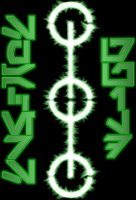
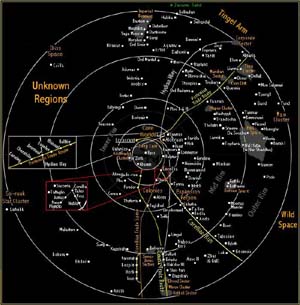
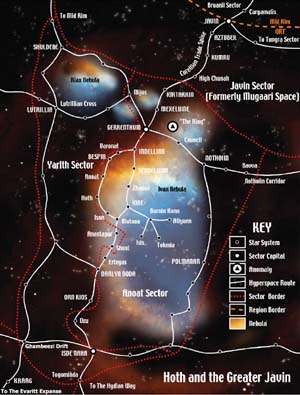
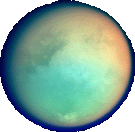
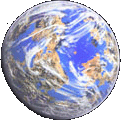
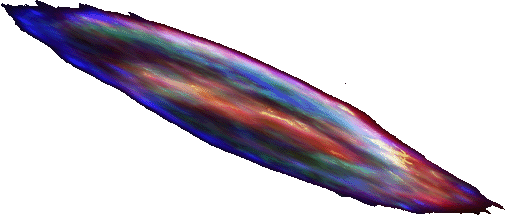 Hundreds of light-years across, the Horsetail Nebula is the largest and most massive navigational hazard
in the Evaritt Expanse. Since nebulae are traditionally very difficult to plot hyperspace routes
through or near, the Horsetail Nebula acts as a giant wall between this region of space and the
more settled Mid-Rim. Simply speaking, the Horsetail is the single main reason that this sector was so poorly
mapped during the days of the Old Republic. However, now that new routes are beginning to be forged around this
beautiful obstruction, it is believed that a flood of new exploration will soon engulf this galactic frontier.
Hundreds of light-years across, the Horsetail Nebula is the largest and most massive navigational hazard
in the Evaritt Expanse. Since nebulae are traditionally very difficult to plot hyperspace routes
through or near, the Horsetail Nebula acts as a giant wall between this region of space and the
more settled Mid-Rim. Simply speaking, the Horsetail is the single main reason that this sector was so poorly
mapped during the days of the Old Republic. However, now that new routes are beginning to be forged around this
beautiful obstruction, it is believed that a flood of new exploration will soon engulf this galactic frontier.
